Abundance: plentiful
What: fruits, leaves, young tendrils
How: fruit raw (very tart), cooked, dried, preserves, wine; leaves and tendrils cooked,
Where: Edges of woods. Mustang grape leaves are fuzzy and have a white underside.
When: summer
Nutritional Value: calories, antioxidants
Other uses: water can be obtained from the vines (see technique in grapes- muscadine post), wild yeast from the fruit
Dangers: Mustang grapes are very acidic and handling/eating large amounts of the raw fruit can cause burns to hands and mouth.
Mustang grape vine with unripe fruit. Note that the top of the leaves are green while their underside is white/gray. Both sides of the leaf are fuzzy to the touch.
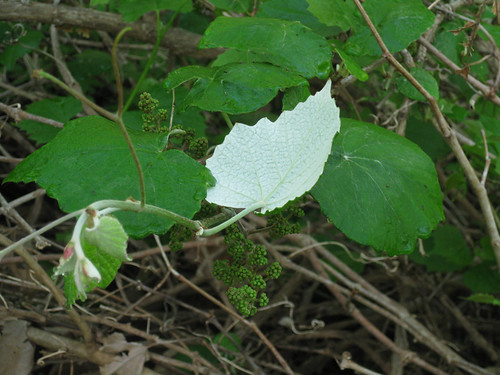
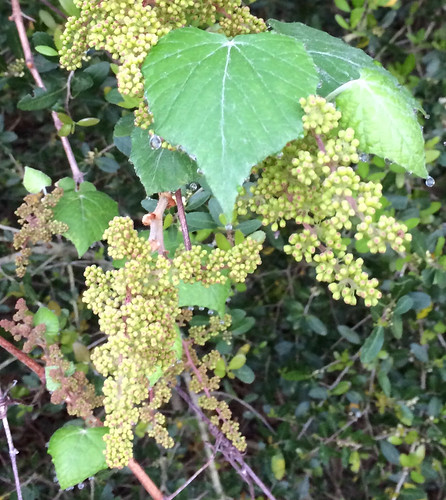
Almost-ripe Mustang grapes.
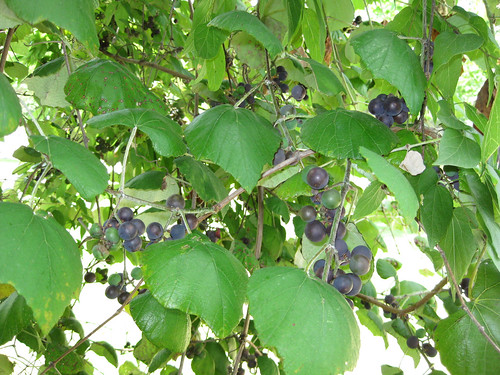
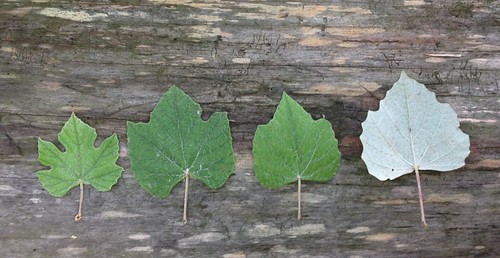
The lobed leaves can get quite large, depending on growing conditions.
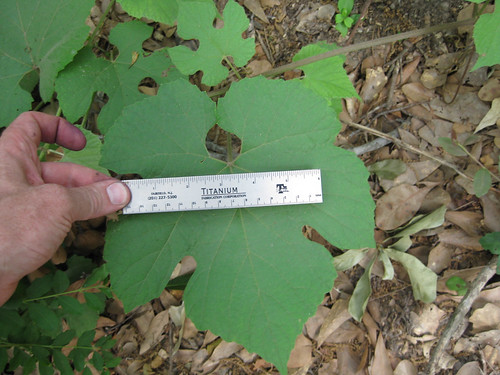
Texas distribution, attributed to U. S. Department of Agriculture. The marked counties are guidelines only. Plants may appear in other counties, especially if used in landscaping.
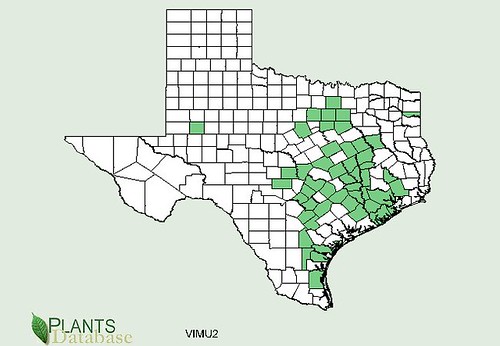
North American distribution, attributed to U. S. Department of Agriculture.

Mustang grapes are easy to tell apart by their leaves from other wild grapes. The topside are dark green and smooth while the undersides are gray and fuzzy like the nose of a horse. These grapes are the first to ripen in the summer here in Texas. Their skins are thick and tough, surrounding a very tart, gelatinous interior containing several small seeds. This acidic tartness of the mustang grape skins makes them unpleasant to eat raw and can result in acid burns on your mouth and fingers. However, this acid gives them a complex flavor when made into jam/jelly or wine. When making jelly include some skins of green/unripe grapes as a source of pectin.
I love this book for wine-making recipes: 101 Recipes for Making Wild Wines
Due to their fuzziness, the leaves less commonly used in grape leaf recipes, but there's no flavor or other reason not to use them.
Mustang grapes seem to prefer climbing along fences, old farm equipment, and other abandoned works of mankind in sunny fields.
Buy my book! Outdoor Adventure Guides Foraging covers 70 of North America's tastiest and easy to find wild edibles shown with the same big pictures as here on the Foraging Texas website.

